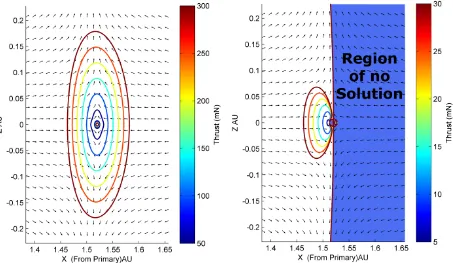Low-thrust enabled highly non-Keplerian orbits in support of future Mars exploration
Full text
Figure




Related documents
Table S2: Spearman correlation coefficients between the dietary fish and fatty acids by absolute intake (g/day) food-frequency questionnaire and plasma fatty acid components (g) in
AE: Adverse event; AR: Adverse reaction; B: Bendamustine; BMA/T: Bone marrow aspirate/trephine; CI: Confidence interval; CLL: Chronic lymphocytic leukaemia; CR: Complete
A total of 1,015 potential patients for five clinical trials (SCOT, FAST and PATHWAY 1, 2 and 3) were randomised to receive either a standard trial invitation letter or a
Nel grafico della figura 5 sono riportate le concentrazio'li di radioattività beta totale registrate ogni due ore mediante il filtro mobile (concentrazione media
Occasionally, SGRs produce many soft gamma bursts in a brief period of time; such intense emissions are referred to as “storms.” We present a search for short-duration GW signals (
We have shown that, for Maxwell’s equations, a classical Schwarz algorithm using characteristic Dirichlet transmission conditions between sub- domains has the same convergence
The results are clearer in Figure 4, which shows how the average applied field required to initiate flashover varied over five surface flashover events for type III





